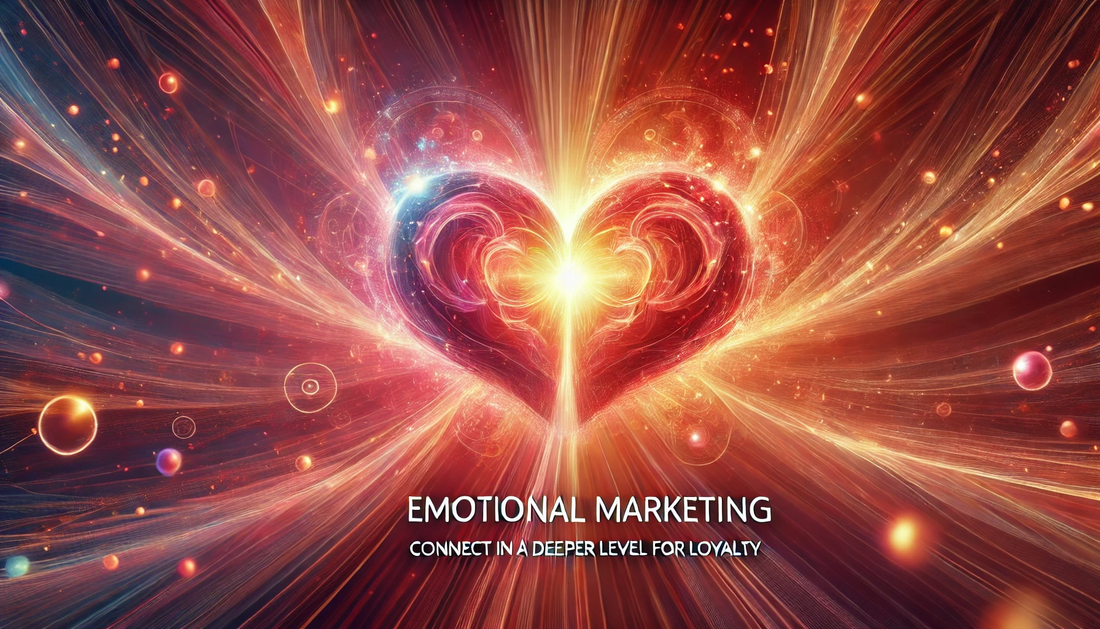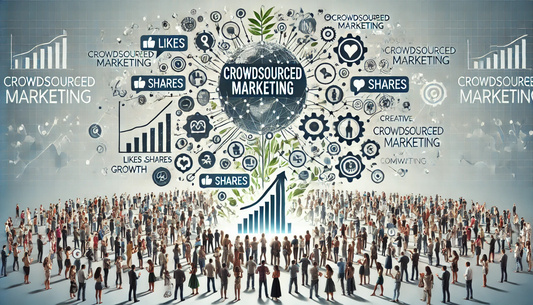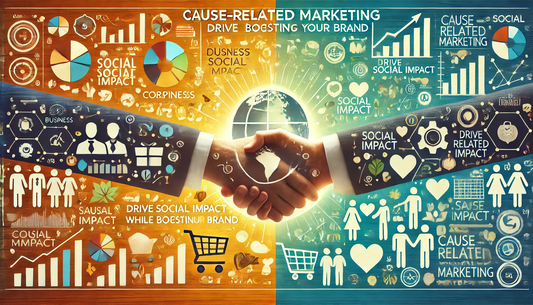🌟 Introduction to Emotional Marketing:
Emotional marketing is a strategy that connects with the audience by tapping into their emotions.
Whether it’s joy, fear, trust, or excitement, emotions drive decisions. For startups with limited resources, emotional marketing offers a cost-effective way to stand out in a crowded marketplace by forming strong, emotional connections with potential customers.
People are more likely to connect with brands that resonate with their feelings, making emotional marketing a valuable tool for resource-conscious businesses.
🔥 Top 10 Real-Life Examples of Emotional Marketing:
- Nike's "Just Do It" 🎽: Empowering audiences through a message of determination and perseverance.
- Dove's "Real Beauty" Campaign 💖: Promotes self-esteem and body positivity by celebrating diversity.
- Apple's "Think Different" 🍏: Appeals to creative thinkers and innovators with an inspiring message.
- Google's "Year in Search" 🔎: Reflects on global events and emotions, creating a sense of connection with users.
- Always' "Like a Girl" 🏃♀️: Challenges gender stereotypes, empowering young women worldwide.
- Coca-Cola's "Share a Coke" 🥤: Personalizes customer experiences with names on bottles, sparking joy and sharing.
- Airbnb's "Belong Anywhere" 🌍: Emphasizes the feeling of belonging and community in its travel experiences.
- Budweiser's Puppy Love Commercial 🐾: Uses friendship between a puppy and a horse to evoke warmth and loyalty.
- Patagonia's Environmental Activism 🌱: Aligns with environmental values, creating loyalty through shared beliefs.
- Cadbury's "Unity Bar" Campaign 🍫: Celebrates diversity and unity in India by creating a chocolate bar with multiple flavors.
💼 How Emotional Marketing Works:
Startups can use emotional marketing by creating relatable content that speaks directly to their audience’s desires, hopes, and fears. The key is to use simple language and authentic messaging.
When customers feel understood and emotionally connected, they are more likely to share your brand with others. Emotions like empathy, inspiration, and happiness are powerful tools for gaining visibility.
For example, launching a marketing campaign that addresses a shared societal issue can create a strong emotional bond and foster community support.
Startups should focus on human stories, real-life challenges, and inspiring solutions to resonate with their audience.
🌈 Benefits for Startups:
- Cost-effective: Emotionally engaging content is more likely to be shared organically, reducing the need for paid advertising.
- Wider Audience: Builds word-of-mouth and creates viral content.
- Enhanced Credibility: Authentic connections build trust, critical for long-term loyalty.
- Customer Retention: Associating your brand with positive emotions like happiness increases loyalty.
🚀 Challenges and How to Overcome Them:
One of the biggest challenges startups face with emotional marketing is brand alignment.
You need to ensure that the emotional appeal matches your brand’s core message and values. Misalignment can cause confusion or even backlash. Another challenge is competition for attention.
In a world filled with emotionally charged campaigns, it can be difficult to stand out. Startups must carefully select emotional triggers that resonate with their unique audience. To overcome these challenges, it's essential to focus on authenticity and relevance.
📝 Step-by-Step Guide to Implementing Emotional Marketing:
- Identify Your Audience: Understand their emotional needs and what drives them. Use surveys, feedback, and social media insights to gather data.
- Select Core Emotions: Choose emotions that align with your brand’s message. For instance, focus on excitement for new technology or empathy for a cause.
- Create Authentic Content: Develop stories, visuals, and messaging that evoke the chosen emotions. Ensure that your content feels genuine and relatable.
- Leverage Multiple Channels: Use social media, video content, and blogs to amplify your emotional marketing efforts. Encourage user-generated content to further spread the message.
- Measure Results: Track emotional engagement through shares, comments, and overall brand sentiment. Use these insights to optimize future campaigns.
🌟 Tips for Maximizing Results:
- Be Authentic: Audiences can spot fake emotions. Stay true to your brand’s core values.
- Use Storytelling: Stories are the best way to trigger emotional responses. Tell compelling stories that reflect your audience’s experiences.
- Involve Your Audience: Encourage user-generated content and testimonials to foster emotional connections.
- Be Consistent: Emotional marketing isn’t a one-time campaign. Consistently deliver emotionally charged content to reinforce your brand’s emotional appeal.
- Test and Adapt: Experiment with different emotional triggers and messaging to see what resonates best with your audience.
🎉 Conclusion:
Emotional marketing has the power to turn a small startup into a trusted brand.
By connecting with your audience on a deeper, emotional level, you can build loyalty, drive engagement, and lower your marketing costs.
Now is the time for founders to implement emotional marketing strategies and experience the benefits of building long-lasting customer relationships.










